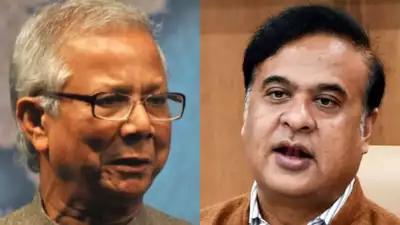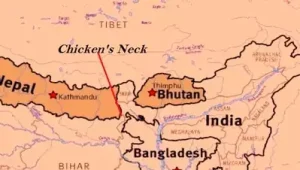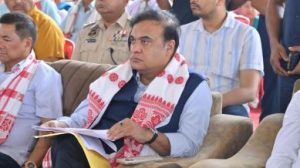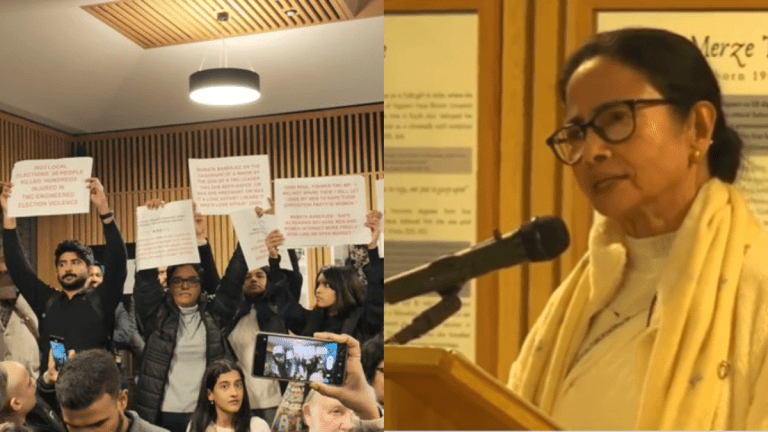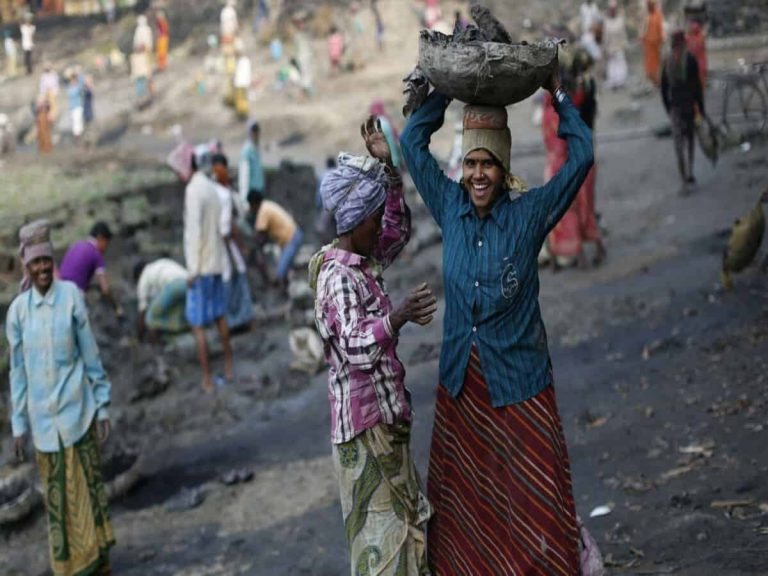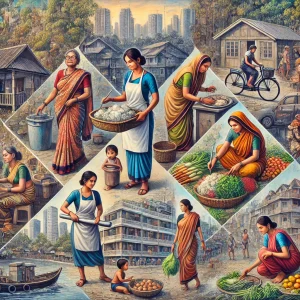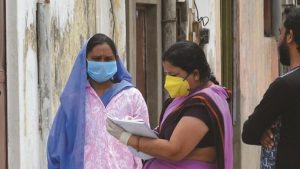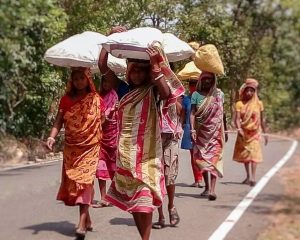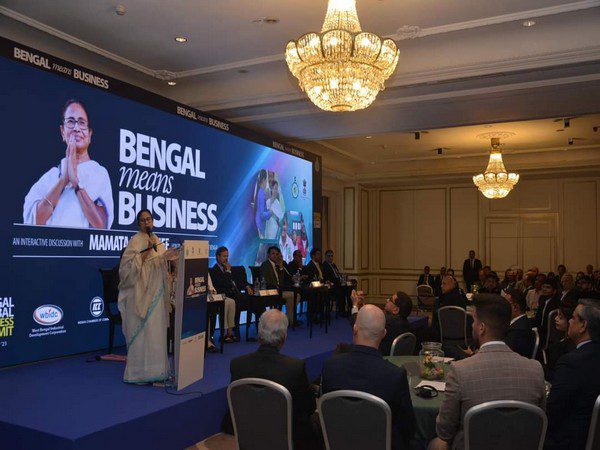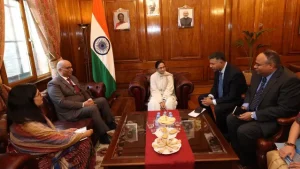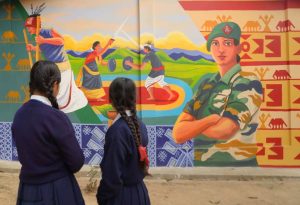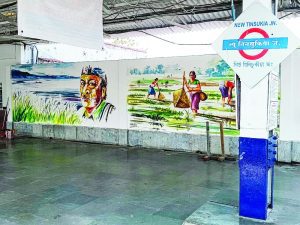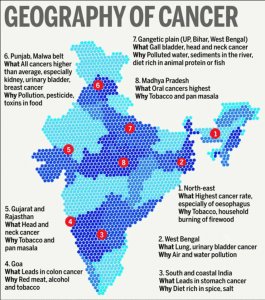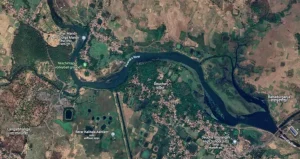In a significant move to bolster football in Nagaland, Chief Minister Neiphiu Rio unveiled three major initiatives during the valedictory function of the inaugural Nagaland Super League (NSL) at Chumoukedima Football Stadium on April 1, 2025. These initiatives—the Nagaland Football Academy, the Chief Minister’s Sports Scholarships, and the Nagaland International Gold Cup—aim to nurture local talent and elevate the state’s sporting profile.
Establishment of the Nagaland Football Academy
The Nagaland Football Academy is set to be a state-supported institution located at the Chumoukedima Football Stadium. Developed in collaboration with an internationally reputed organization, the academy’s primary goal is to provide professional training to young footballers, thereby enhancing the sporting landscape of the state. This initiative reflects the government’s commitment to creating a structured pathway for athletes to develop their skills and compete at higher levels.
Chief Minister’s Sports Scholarships
Complementing the academy, the Chief Minister’s Sports Scholarships will identify and support young talents by facilitating their admission into top-tier football academies across the country. In partnership with the Nagaland Olympic Association, affiliated sports associations, and national federations, the government will fund these scholarships directly. The selection process will involve expert professionals who will assess and choose candidates with the potential to excel at the highest levels of sport. This initiative underscores the state’s dedication to investing in its youth and fostering a culture of excellence in sports.

Introduction of the Nagaland International Gold Cup
To further promote football and provide local clubs with exposure to higher levels of competition, the state will host the Nagaland International Gold Cup. This tournament will feature a mix of four local teams, four national teams, and four international teams, offering local players the opportunity to compete against diverse and skilled opponents. The event aims to prepare Nagaland’s clubs for participation in the I-League and position the state prominently on the football map. Additionally, the government has pledged an annual award of ₹2 crore to teams that qualify for the National I-League, incentivizing excellence and dedication among local clubs.
Government’s Vision for Sports Development
Chief Minister Rio emphasized the broader significance of these initiatives, stating that sports embody character, unity, resilience, and hope. He highlighted the NSL as a promise to every young individual in Nagaland that with hard work and dedication, their talents will be recognized globally. Rio urged both public and private stakeholders to invest in grassroots development, infrastructure, and capacity-building to transform Nagaland into a beacon of football excellence in India.
Inauguration of Chumoukedima Football Stadium and Launch of Nagaland Super League
Earlier this year, on January 28, 2025, Chief Minister Neiphiu Rio inaugurated the Chumoukedima Football Stadium and launched the Nagaland Super League (NSL). This event marked a historic moment for the state’s sporting community, showcasing the government’s commitment to enhancing sports infrastructure. The NSL, featuring eight franchises, aims to promote club culture and provide a competitive platform for local talent. Matches are held at both the Chumoukedima Football Stadium and the Indira Gandhi Stadium in Kohima.
Investment in Football Infrastructure
The Nagaland government has made significant investments in football infrastructure across the state. Six astro turf fields have been completed in six districts, with plans to equip all districts with similar facilities within the next two to three years. This initiative aims to provide equal opportunities for players across Nagaland and nurture talent capable of competing at regional, national, and international levels.
Collaboration with National Football Bodies
The state’s efforts have garnered support from national football organizations. Kalyan Chaubey, President of the All India Football Federation (AIFF), praised the Nagaland government’s support in terms of physical presence, logistics, and financial assistance to start the NSL. He highlighted the substantial prize money of ₹1 crore for the tournament as a motivating factor for footballers in the state.
Grassroots Development Initiatives
In addition to infrastructure development and professional leagues, the state has introduced the “Football for Schools” initiative under FIFA, a program designed to make the sport more accessible to young students. This initiative, in collaboration with the All India Football Federation (AIFF), will distribute over 2,000 footballs across schools in 17 districts, ensuring that children from diverse backgrounds get the opportunity to engage with the game from an early age.
By integrating football into the school curriculum, the program aims to promote a sports-oriented mindset among students, encouraging them to view the sport not just as recreation but as a potential career path. Schools participating in this initiative will receive structured training programs, enabling physical education teachers and local coaches to impart fundamental skills, tactics, and game strategies effectively. With access to proper equipment and guidance, students will have the chance to develop their abilities in a competitive yet nurturing environment.
Beyond skill development, the initiative seeks to instill values such as teamwork, discipline, and perseverance—qualities that are essential both on and off the field. By engaging students at a grassroots level, the program lays the foundation for a strong pipeline of future players who can progress to district, state, and national-level competitions. Additionally, it fosters a sense of community involvement, as parents, educators, and local sports organizations come together to support young athletes.
Moreover, exposure to structured football training at a young age can enhance physical fitness, improve concentration, and build self-confidence among children. For many, it serves as a gateway to professional training academies and scholarship opportunities, opening doors to greater prospects in the sports industry. By providing equal access to football resources, this initiative ensures that talent is not restricted to urban centers but reaches students in rural and remote areas, where aspiring players often lack the means to pursue their dreams.
With consistent support from FIFA, AIFF, and local sports authorities, this initiative is set to transform school-level sports participation, making football an integral part of youth development. Over time, this approach will contribute to the overall growth of the sport, helping shape a new generation of passionate and skilled footballers who can make a mark at the national and international levels.


The Nagaland government’s comprehensive approach to football development, encompassing infrastructure enhancement, talent nurturing, and competitive exposure, reflects a steadfast commitment to elevating the state’s sporting landscape. By introducing initiatives such as the Nagaland Football Academy, the Chief Minister’s Sports Scholarships, and the Nagaland International Gold Cup, the government is laying the foundation for a structured and sustainable football ecosystem that will benefit players at all levels.
These initiatives not only provide a platform for young athletes to showcase their abilities but also ensure they receive the right guidance, training, and opportunities to compete at national and international levels. The establishment of professional coaching centers, scholarships for deserving players, and financial incentives for teams qualifying for higher leagues demonstrate a holistic strategy aimed at fostering excellence in football. Additionally, the government’s investment in infrastructure, including astro turf fields across districts and a dedicated football stadium in Chumoukedima, is a testament to its vision of creating world-class facilities for players and clubs.
Moreover, by introducing competitions such as the Nagaland Super League and the Nagaland International Gold Cup, the state is encouraging healthy competition, talent discovery, and exposure to diverse playing styles. These tournaments not only bring recognition to local clubs but also help players gain experience by competing against national and international teams. The exposure to higher levels of play is crucial in preparing Nagaland’s athletes for national leagues such as the I-League and potential selections for international teams.
Beyond competitive success, the state’s football development strategy has far-reaching social and economic implications. With increased participation in the sport, young players are encouraged to pursue football as a viable career option, reducing reliance on conventional employment paths and creating new opportunities in coaching, sports management, and related industries. The Football for Schools initiative, in partnership with FIFA and AIFF, further ensures that children across all districts have access to football equipment and structured training, fostering grassroots development and making sports an integral part of Nagaland’s culture.
As these programs unfold, they hold the promise of transforming the state’s football scene and inspiring a new generation of sports enthusiasts. With continued investment, collaborative efforts from government bodies, private stakeholders, and sports federations, and active community participation, Nagaland has the potential to emerge as a footballing powerhouse in India. The government’s unwavering commitment to the sport not only boosts the morale of aspiring footballers but also enhances Nagaland’s reputation on the national and global sporting stage.
Read More: As Nagaland continues to make strides in football development, regional sports and governance remain key topics of discussion across Northeast India. In a recent statement, Assam Chief Minister Himanta Biswa Sarma addressed Bangladesh’s claim on a crucial issue. Read more about his response here: Himanta Biswa Sarma Rejects Bangladesh’s Claim.


